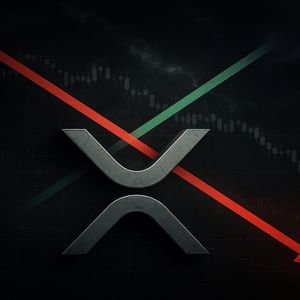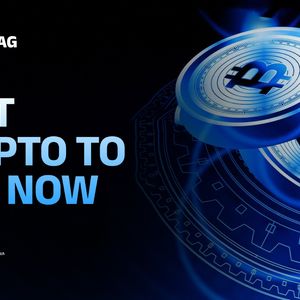Ethereum has spent a decade doing exactly what most tech never manages; disappearing into the background while taking over everything. The same blockchain that launched from a beat-up loft in Berlin now powers most of crypto finance without making a sound. When Vitalik Buterin and his team released Ethereum’s first live network, “Frontier,” there were no user interfaces, no onboarding tools, just the basic code to mine blocks, run smart contracts, and deploy decentralized apps. It wasn’t built to be pretty. It was built to work. Bitcoin was already known as digital gold, but Ethereum aimed to be programmable money, the rails for a new kind of financial logic. IBM bet early, as Ethereum rewired the system Paul Brody, who was working at IBM’s Zurich lab back in 2014, got a security call that a “kid” was wandering the office. “That’s not a child,” he told the guard. “That’s Vitalik. He just looks really young.” At the time, Vitalik was still writing Ethereum’s early code. Brody’s team realized immediately that the idea wasn’t just another bitcoin clone. IBM used Ethereum’s early codebase to create its first blockchain prototype, launched with Samsung at CES 2015. “That was how I ended up down this path,” Paul said. He eventually joined EY, where he still leads blockchain development globally. “This is a kid, and it doesn’t matter,” he admitted. “I was jealous of Vitalik… to be able to do that.” Vitalik said the last ten years have gone far beyond what anyone expected. But he also warned that too much centralization could hand control to intermediaries. Two years earlier, Vitalik had spoken to CNBC, this time from Prague’s Paralelní Polis, an anti-surveillance tech hub built around Václav Benda’s idea of a “parallel society.” Ethereum is directly handling everything from stablecoin payments to tokenized stocks. Robinhood recently launched U.S. equities on Arbitrum, which is built on Ethereum. Circle’s USDC, the second-largest stablecoin, still clears 65% of its volume through Ethereum. Data from CoinGecko shows Ethereum supports almost 50% of all stablecoin activity . In 2024, stablecoin transactions topped $28 trillion, more than Mastercard and Visa combined. Coinbase announced it will release tokenized stocks and prediction markets for U.S. users. Kraken is rolling out 24/7 stock token trading for overseas markets. Deutsche Bank is building a tokenization platform on zkSync, another Ethereum-based layer two. BlackRock launched BUIDL, its money market fund, on Ethereum last year, allowing real-time redemptions in USDC. Even as newer chains chase lower fees, Ethereum is still the base layer they all settle on. Ethereum pushes scaling upgrades to keep decentralization intact Ethereum’s development hasn’t been easy. It’s faced crashes, congestion, high gas fees, and a constant wave of “Ethereum killers.” But in 2022, it moved from proof-of-work to proof-of-stake, slashing energy use by over 99%. That change made the network more sustainable and laid the groundwork for future scaling improvements. Vitalik said the focus now is reaching “the finish line,” boosting speed and capacity without weakening decentralization. One of the key tools is zero-knowledge proofs, which can compress transaction data and verify network rules on small devices like smartwatches. Ethereum’s developers also plan to implement algorithmic updates that guard against large-scale computing attacks. “This type of disruption doesn’t feel like overturning the existing system,” Vitalik said. “It feels like building a new thing that just keeps growing.” Paul agreed. He said the shift won’t copy legacy systems — it’ll replace them outright. Businesses will use Ethereum to automate everything: contracts, payments, inventory — all on one shared setup. He added that institutions aren’t chasing speed; they want reliability. “A lot of institutions basically tell us to our faces that they value Ethereum because it’s stable and dependable,” Vitalik said. That’s why Robinhood uses Arbitrum, Deutsche Bank uses zkSync, and Coinbase and Kraken use Optimism. But they all settle on Ethereum. Paul doesn’t think it’ll be a flashy transition. “When new things come along, we tend to build on a new technology infrastructure,” he said. “As we build new financial products, it will be attractive to build them on blockchain rails, and we’ll try to do things on blockchain rails that we can’t do today.” Get seen where it counts. Advertise in Cryptopolitan Research and reach crypto’s sharpest investors and builders.
















